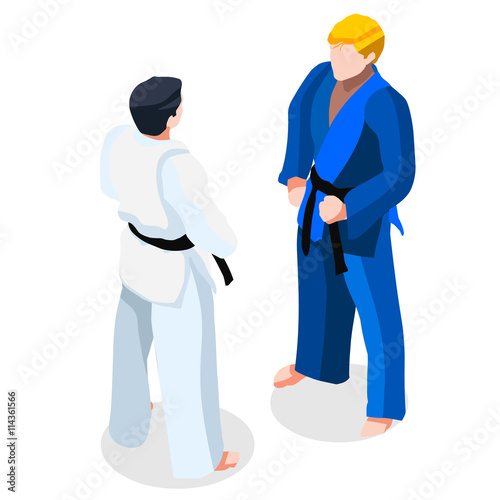How Do The Discipline-Centered Method Of Standard Martial Arts And The Competition-Driven Nature Of Modern-Day Combat Sports Vary? Discover The Considerable Differences That Can Form Your Experience
How Do The Discipline-Centered Method Of Standard Martial Arts And The Competition-Driven Nature Of Modern-Day Combat Sports Vary? Discover The Considerable Differences That Can Form Your Experience
Blog Article
Go At this site By-Kok Brady
When you think of martial arts, do you lean more towards the traditional methods or the modern fight sporting activities? Each course uses special benefits and experiences, formed by their ideologies and training methods. Read the Full Article and discipline, while modern fight sports concentrate on competition and performance. Understanding these differences can assist you in selecting the appropriate strategy for your trip. However just how do these differences show up in training and viewpoint?
The Philosophy and Background Behind Traditional Martial arts
While many individuals link martial arts with physical combat, the approach and history behind traditional martial arts run much deeper. You'll discover that these disciplines stress personal development, technique, and regard.
Originating from old techniques, typical martial arts were typically created for Self-Defense and spiritual development. They embody concepts such as equilibrium, consistency, and self-discipline, assisting professionals past plain fighting skills.
As you train, you'll not only find out strategies however likewise gain understandings into the culture and worths that shaped these arts. The rituals and customs, frequently passed down through generations, foster a feeling of neighborhood and belonging.
The Competitive Nature of Modern Battle Sports
Modern fight sporting activities have changed the landscape of martial arts right into a highly affordable sector, where athletes challenge in an examination of skill, approach, and endurance.
You'll discover that competitors are commonly arranged with stringent guidelines and guidelines, ensuring justice and safety. These occasions draw in large target markets, sustaining the exhilaration and strength of competitions.
Professional athletes train rigorously, not just for physical expertise however additionally for mental durability, knowing that every detail counts in the ring. The adrenaline thrill during competitions is apparent, as competitors press their restrictions to declare triumph.
Fans value the athleticism and artistry entailed, making modern-day combat sports a thrilling phenomenon that continues to progress and captivate lovers around the globe.
Training Approaches and Methods: A Relative Evaluation
The competitive ambience of modern combat sports needs cutting-edge training approaches that differ dramatically from typical martial arts.
In modern-day training, you'll focus on specific methods, competing, and conditioning, usually utilizing drills that replicate real fight scenarios. You'll see a focus on quantifiable efficiency and regular competitors to assess your skills.
On the other hand, conventional martial arts focus on kinds, katas, and thoughtful teachings, usually highlighting self-control and regard over competition.
Training is generally much less extreme and might include recurring method instead of real-time sparring.
While both strategies construct ability and fitness, modern fight sports offer a more vibrant and adaptable training setting, preparing you for prompt challenges in the ring or cage.
Pick the path that aligns with your goals and passions.
Verdict
In picking between standard martial arts and modern-day fight sporting activities, it actually boils down to what you value many. If you're seeking individual development, self-control, and a sense of community, typical arts could be your ideal fit. Yet if you thrive on competition and real-time obstacles, modern-day fight sports could be the means to go. Inevitably, both courses supply one-of-a-kind advantages, so it's all about straightening your training with your personal goals and rate of interests.
